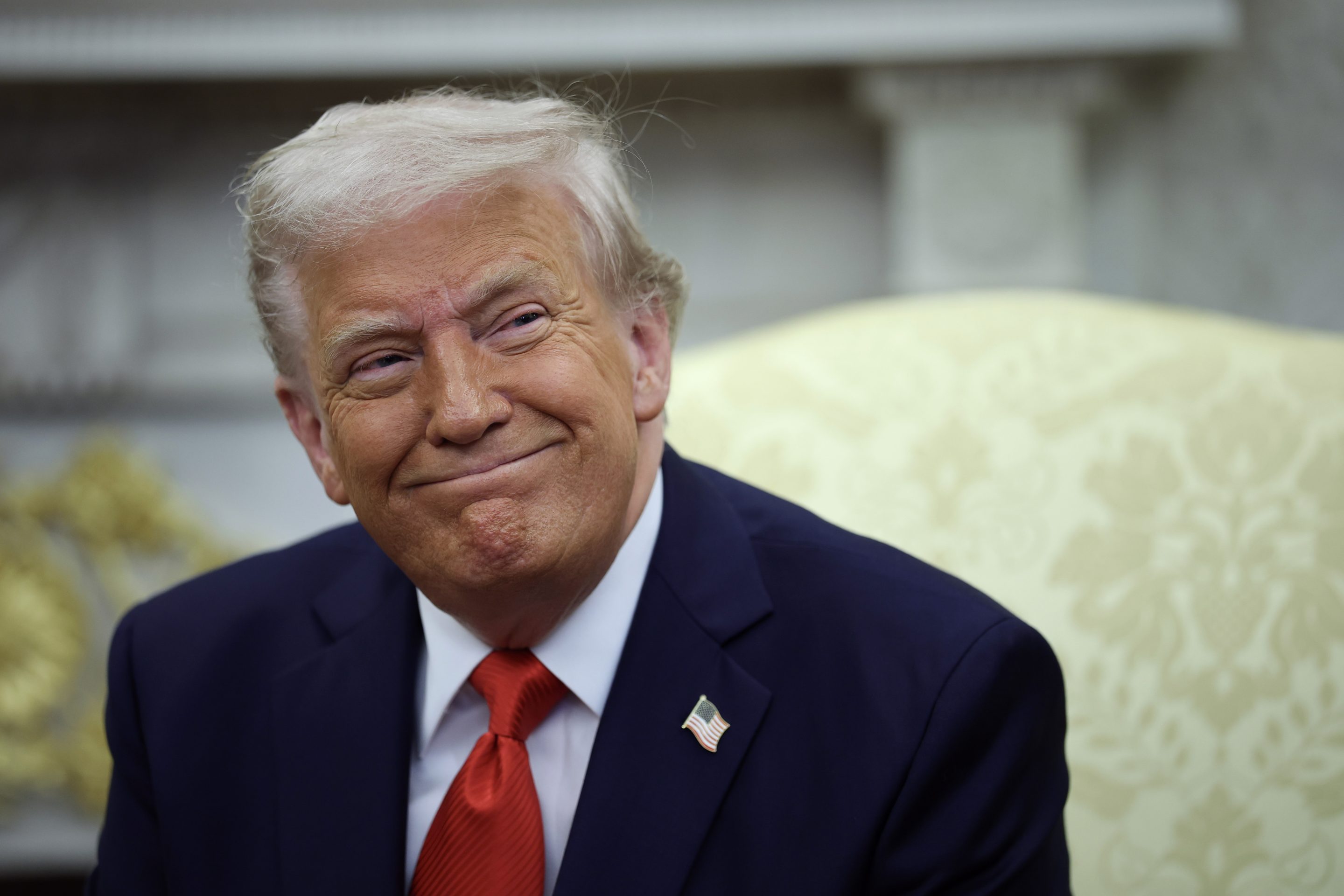By Jim Edwards
In the event, the number of nonfarm payroll jobs increased by 147,000 in June, the bureau said—way above expectations.
So why did so many people get this wrong?
The fact that President Trump was tweeting angrily about U.S. Federal Reserve Chair Jerome Powell the night before distracted many, who read into those social media posts that perhaps he had seen a preview of the jobs report, didn’t like it, and was—as usual—trying to set up Powell as the fall guy.
That turned out to be a false signal.
A day later, the analysts have sifted the labor data and now have explanations for their errors. The report does show signs of weakness in private company hiring, these analysts say, it’s just that it is being masked by a sudden seasonal bump in government and education jobs.
“Private demand for labor is slowing,” Pantheon’s Samuel Tombs said in a note to clients after the official number came out. “The robust headline figure is entirely due to a massive 80K increase in state and local government payrolls, of which 64K are education jobs. … This large boost probably will unwind in July.”
“Private payrolls excluding healthcare and education rose by just 23K, well below the 50K average pace in the previous 12 months. Fundamentally, then, this is a weak report,” he said.
UBS analyst Paul Donovan took a similar line: “The US June employment report was strong enough in the headline to dispel ideas of a sudden US interest rate cut. It was troubling enough in the detail to suggest a more negative outlook for the US economy. Job creation was very narrowly focused.”
As did Bruce Kasman et al at JPMorgan: “The June surge in state and local hiring likely reflects seasonal noise.”
Same tune at Daiwa Capital Markets: “Private-sector payroll growth totaled only 74,000, only a bit more than half of the approximately 143,000 average in the prior six months and the weakest reading since last October when the Fed was initially easing monetary policy in a recalibration designed to support the labor market,” said Lawrence Werther and Brendan Stuart.
Nonetheless, jobs are jobs. The overall unemployment rate stayed roughly the same. Analysts have largely been expecting Trump’s tariff regime to damage the U.S. economy (tariffs make everything more expensive and thus suppress hiring) but that damage still hasn’t really showed up—yet.
“The data suggest that firms are not yet slashing payrolls but are instead responding to policy uncertainty by slowing hiring,” Daiwa’s Werther and Stuart said.
The U.S. markets are closed today for the Independence Day holiday.
In their absence, global markets—many of which are at or near their all-time highs—seem to be selling off a bit to solidify their recent gains. Stoxx Europe 600 fell 0.76% in early trading.
The biggest drama was in South Korea, where the Kospi lost 1.99% after a sharp recent climb. It’s not clear if that was triggered by anything other than traders locking in their gains, but Trump’s announcement that he would begin sending letters to foreign countries today imposing tariffs of between 10% and 70% likely did not help.
Here’s a snapshot of the action from this morning.
S&P 500 futures are trading down 0.58% today.
The S&P 500 hit yet another record high yesterday after rising 0.8%.
Nasdaq Composite rose 1% yesterday.
China’s CSI 300 was up 0.36% this morning.
Japan’s Nikkei 225 was flat.
Stoxx Europe 600 fell 0.76% in early trading.
South Korea’s Kospi lost 1.99% after a sharp recent climb.
